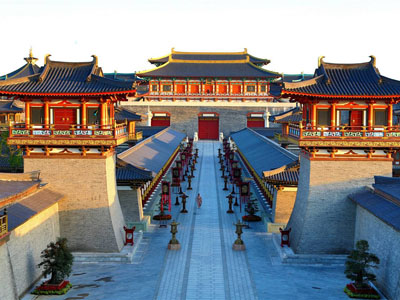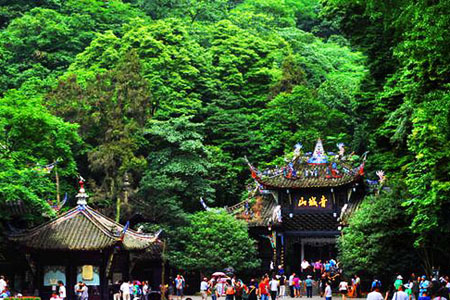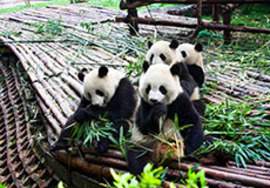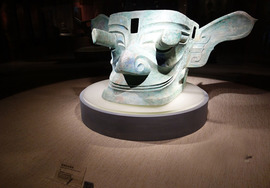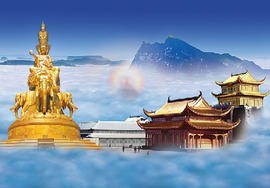Turpan Attractions
Turpan is located about 150kms southeast of Urumqi and in the middle of Turpan Basin. Turpan’s history started with the ongoing struggles in Han dynasty between the Chinese and the Xiongnu tribesmen. Both sides wanted this area as their power expansion base. For many centuries, the region remained a contested area. During the Yuan dynasty, the Silk Road enjoyed a boom that was never seen before. Turpan took advantage of the opportunity and became a major oasis along the Silk Road.
Turpan has extremely hot summers with low rainfall but high evaporation; long frost-free period and gusty winds; in central area, the tiptop temperature of 117℉. Make sure you come prepared if you visit during the summer months. Always carry plenty of drinking water, take some very strong sunblock and a good hat! The grade harvest season, namely July, August and September, is the best time for tourists to visit.
Major attractions
1. The Jiaohe Ruins is the site of an ancient city found, 10 km west of the city of Turpan. It is loacted on an island between two rivers, hence the name of “Jiaohe” “the confluence of two rivers.” It was first built about 2,000 years ago and for a long period of time, was controlled by the residents of Gaochang.
2. Karez Well. It is a local Turfan water system, called karez well in Turfan. It is a qanat system that has been regarded as one of the three greatest water projects of ancient China together with the Du Jiang Yan Irrigation System and Grand Canal.
3. Grape Valley. Grape Valley is at the northeast of Turpan. It is a gully to the west of the Flaming Mountain. The valley runs 8 kilometers long, spans 0.6-2.0 kilometers wide. While the west side of the valley hangs sheer cliffs inside the valley is a forest of intertwined grape vines. Around the grape gardens towers vibrant poplar trees interspersed with a few flowers.
4. Flaming Mountain. The Flaming Mountain is very popular thanks to a classical novel – the Journey to the West by the Ming Dynasty (1368-1644) writer, Wu Cheng’en and its charming hero – the Monkey King. The mountain lies 10 km (6.2miles) east of Turpan city, covering about 100 km (62miles) from east to west with a width of 9 km (5.6miles). The average height is 500m (1640feet), while the 831-meter (2726-foot) – high peak rises above Shengjinkou, a vital pass of the ancient city of Gaochang.
Transportation
Turpan Railway Station is about 50kms from Turpan city, connected with Urumqi, Korla, Beijing, Shanghai and so on. Highway in Turpan is very developed. National highway 312 and 314 cross here. Tourists could take buss at Turpan Coach Station and Daheyan Coach Station to some major cities of Xinjiang. In summer the earliest bus starts at 7:30am, the latest at 20:30. And in winter the earliest is at 8:30am, the latest at 19:30.
